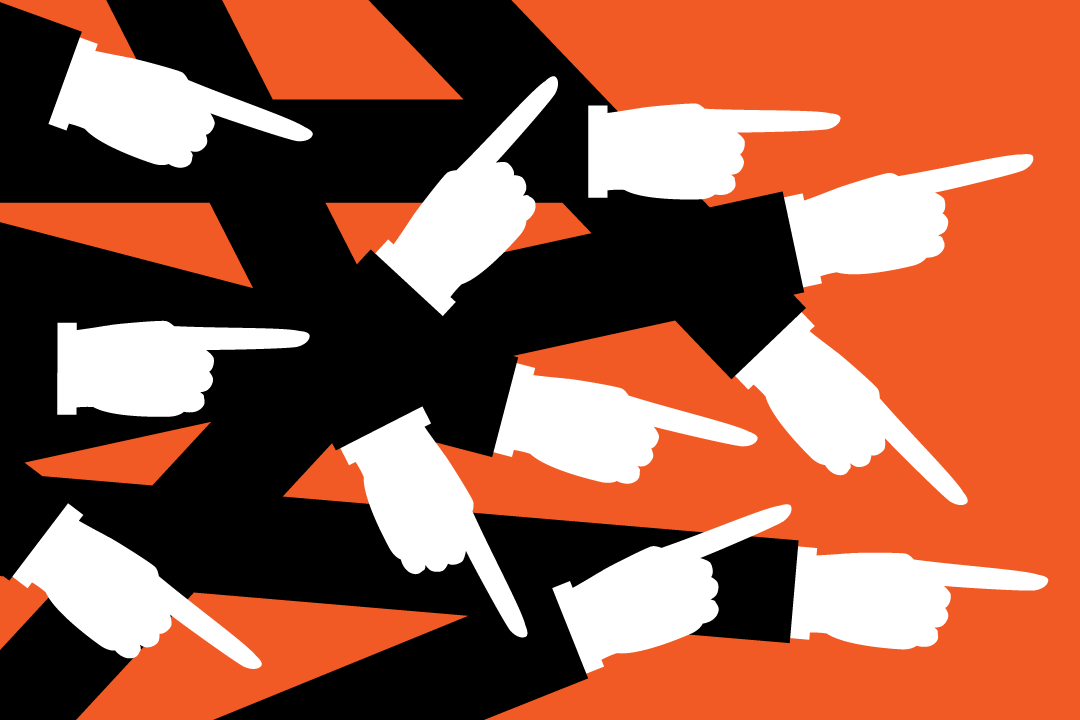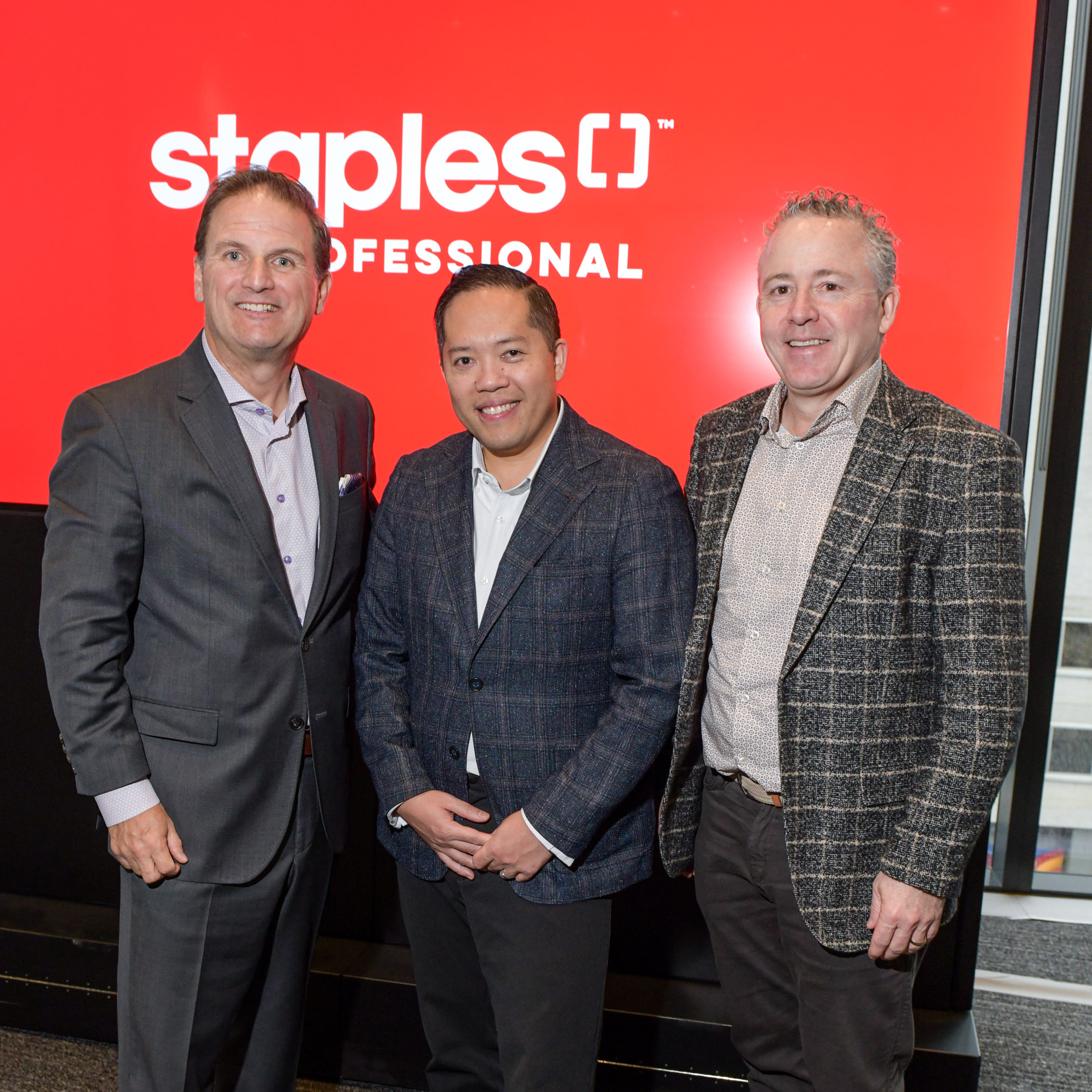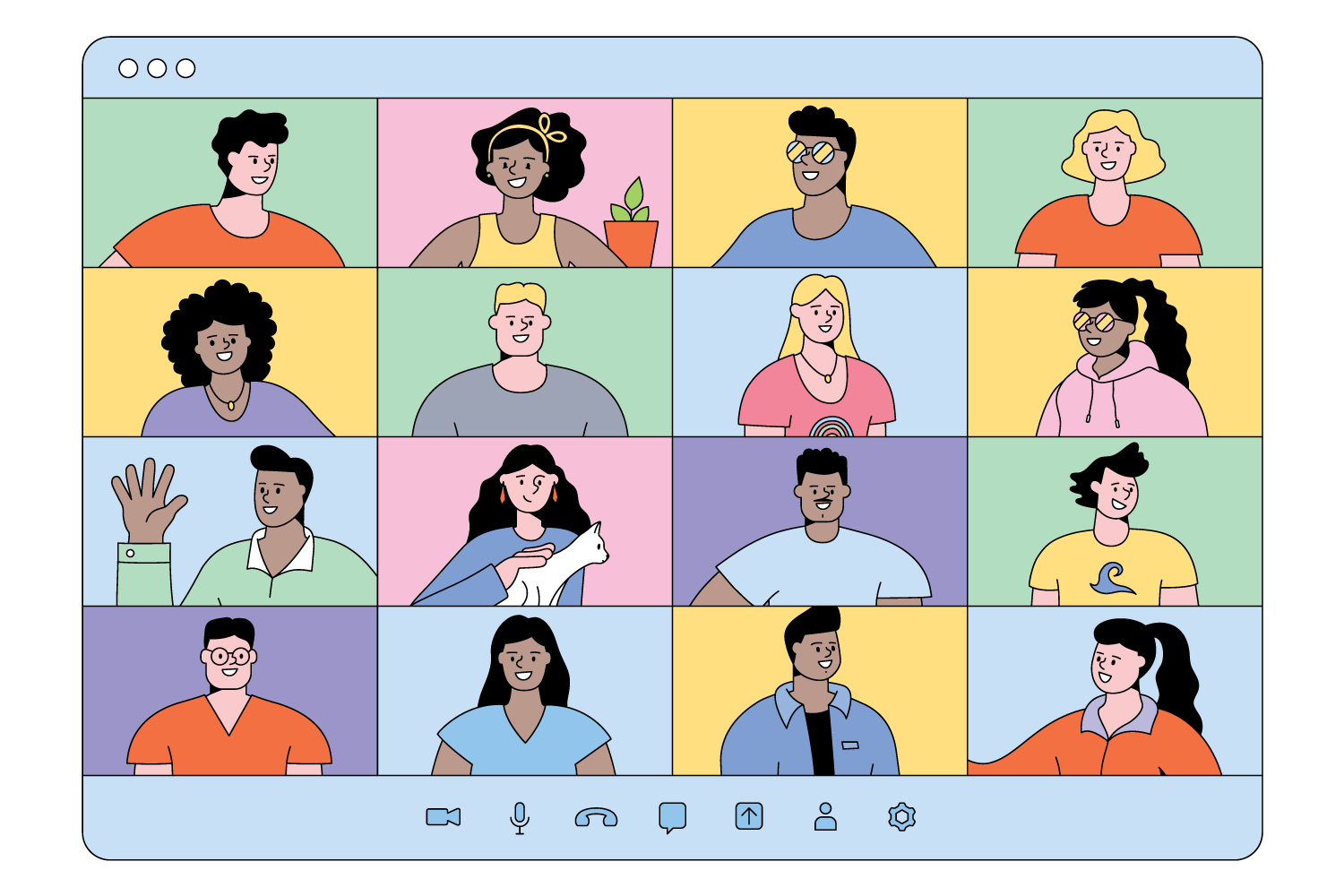How to Implement an Internal Coaching Program

In the spring of 2019, Kim Forseille, assistant vice-president of learning and development at Edmonton-based bank CWB Financial Group, learned from internal surveys and exit interviews that many workers were feeling stuck in their jobs. “People came to CWB because they wanted to progress in their careers, but one of the main reasons employees were leaving was that they didn’t feel like they could,” Forseille says.
Around the same time, Supriya James, CWB’s senior vice-president of human resources, had just completed a 36-hour course through Canadian leadership-coaching company Essential Impact. The certification program is based on non-directive coaching, which encourages employees to discover solutions on their own rather than offering them advice. James and Forseille figured a similar internal program would be a great way to tackle the lack of progression that CWB employees were experiencing. So, they started building one.
“It’s a proactive approach to keeping our talent”
Their first step was to select 25 senior leaders in their organization of 2,600 to become certified coaches through Essential Impact’s program. They picked people from every area of the business, ensuring women and employees of colour were represented.
Meanwhile, James and Forseille set a goal of recruiting 80 employees to sign up as “coachees.” The duo created videos—sent out in the company’s newsletter—in which James shared her personal coaching experience and listed the program’s benefits.
Within a month, 138 coachees had signed up. James and Forseille certified another 25 coaches to meet demand. The first cohort started the program in July 2019, with coaches and coachees meeting as often as they saw fit for six months.
While some coachees came to the program with a goal in mind, others expressed feeling stuck in their roles and uncertain about their future. Coaches helped participants tease out their ambitions and problems. Ultimately, employees left sessions with identified actions.
Forseille and James were purposeful in matching partners from different business units. “If I were matched with someone in commercial banking and I was also a commercial banker, it would be very typical for me to say ‘Here’s my experience. Here’s my advice. Now do as I did,’” Forseille explains. Instead, they encouraged coaches to actively listen and ask open-ended questions about challenges, such as “What would success look like if you pushed through this problem?” Forseille believes that framing problems in that way helps empower people.
Since the first cohort, interest has grown: There are currently 78 CWB leaders certified as coaches and 660 CWB employees have participated as coachees. An internal survey conducted by Great Place to Work showed that the company’s trust index score, based on questions around workplace pride, camaraderie and respect, had increased by six per cent. In 2022, CWB ranked 20th on the Best Workplaces in Canada list, up from 28th place in the year prior.
For companies interested in starting their own coaching programs, Forseille recommends getting executives on board early on; it sets the tone in the company. She also encourages natural growth of a program, allowing coachees to sign up voluntarily instead of making it mandatory. The program is achieving what it set out to do: maintain higher retention rates during a time of labour shortages. Only 2.7 per cent of those who participated in the program have voluntarily left CWB, compared to a company-wide turnover rate of 9.1 per cent. “It’s a proactive approach to keeping our talent,” Forseille says.










